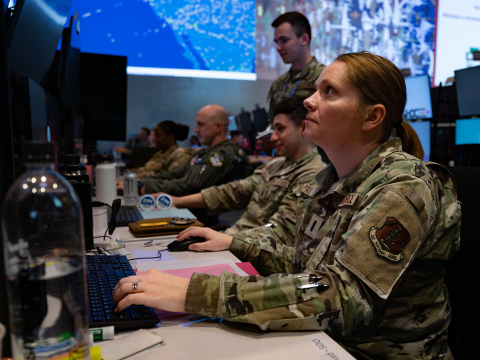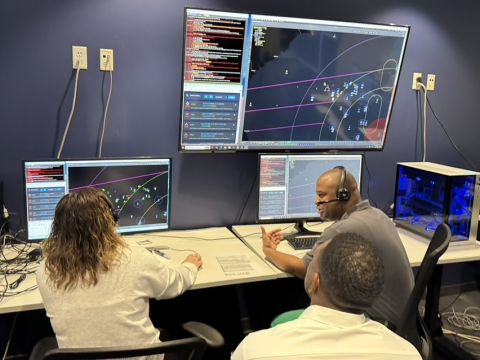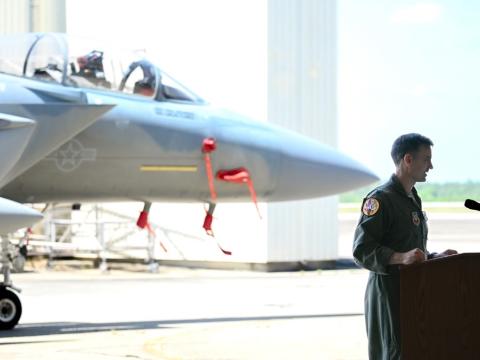Incoming: The Air Force Doesn't Have Space to Grow
The discussion about creating a space-oriented military branch has surfaced again. I really can’t believe we are having this discussion again.
The discussion about creating a space-oriented military branch has surfaced again. An amendment to the House version of the fiscal year 2017-2018 National Defense Authorization Act (NDAA) calls for a separate Space Corps by 2019. The Space Corps would fall under the Department of the Air Force but operate as an independent service, similar to the Marine Corps’ relationship to the Department of the Navy.
I really can’t believe we are having this discussion again.
Although I applaud congressional leadership and appreciate the focus on national security in space, this will do nothing but distract us from all the other important issues in the world, the Defense Department and the Air Force. It also could be jumping the gun. A previous NDAA mandated a space enterprise review that is underway within the Defense Department.
I do think there is merit in re-creating the U.S. Space Command as a combatant command, supplanting the need for a separate space force. That’s why we have seen the establishment of the National Space Defense Center at Schriever Air Force Base in Colorado. This represents to command and control the joint community’s recognition of space as a warfighting domain. War’s transition from the physical domain into space is inevitable.
In addition, U.S. Strategic Command is stretched too thin with its number of assigned missions. Today, all the services are focused on multidomain integration, as it is our strength, and we must continue down this path. In every mission, we must fight as a joint force enabled by space and cyber.
The focus on space needs to be squarely on situational awareness: our ability to monitor and predict what will happen in space, given the complex on-orbit maneuver capabilities of Russia and China. In 1983, my first Space Command assignment was on the program that cataloged all the debris in space. We moved well beyond that years ago, especially once China successfully carried out its first test of an antisatellite weapon and left a huge debris cloud in orbit. Of course, that isn’t the only threat. Both Russia and China could simply take one of their spacecraft and use it to collide with one of ours. The Air Force is making progress with its space fence, a second-generation space surveillance system, but it won’t be functional before the current system is at the end of its life. The gap will be mitigated by the ORS-5 SensorSat, but no one knows what capabilities could be lost during this transition.
What it all boils down to is budget. The primary issue is how the budget is divided among the services. Basically, it is split three ways in any given year, with the exception of some major procurement items. When you look at the Air Force’s mission to support the joint fight—namely intelligence, surveillance and reconnaissance (ISR) and space—as well as tactical and strategic air operations, there aren’t enough dollars to go around. Creating a separate space or cyber service would only further dilute the wellspring of funds.
Balancing the F-35, KC-46, ISR, cyber, space and development of next-generation long-range strike systems when the Air Force is being asked to do more with less simply is not achievable within the current budget—whether or not there is a Space Corps. The Air Force has chosen not to take a risk with space systems for budgetary reasons, not because it doesn’t understand the mission or that it isn’t a priority.
The nation has been engaged in many more places around the world compared with years past, and this has demanded not only a need for a bigger force than envisioned but also technologies the Air Force has not been fully able to fund. It’s all about the money and where to take risk. Creating another service—the Space Corps—will not solve those problems.
Maj. Gen. Earl D. Matthews, USAF (Ret.), the former director of cyberspace operations in the Air Force’s Office of Information Dominance and Chief Information Officer, is vice president of the Enterprise Security Solutions Group for DXC Technology (formerly known as Hewlett Packard Enterprise Services), U.S. Public Sector. The views expressed here are his own.




Comments